SOURCE: RAUNAK KUNDE / NEWS BEAT / IDRW.ORG
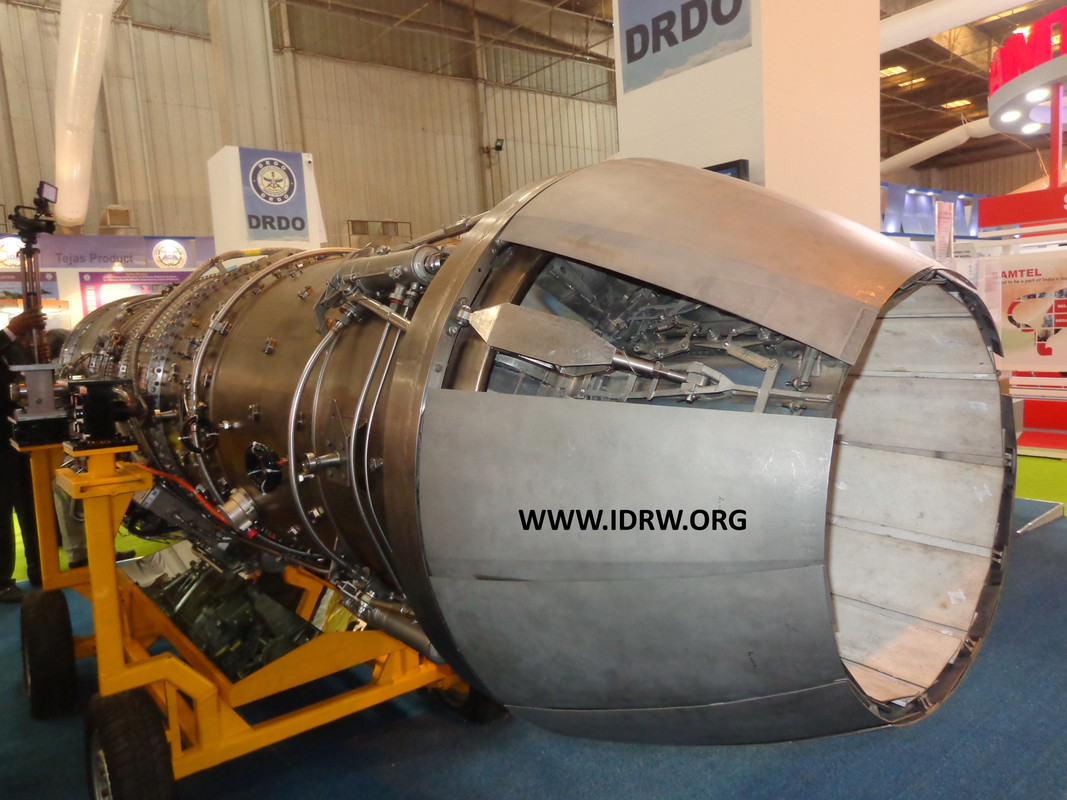

BrahMos Aerospace Thiruvananthapuram Limited has secured a significant contract to supply Afterburner Liner Assembly, along with essential tooling and fixtures, for the Gas Turbine Research Establishment (GTRE)’s 80KN engine program under the aegis of the Defence Research and Development Organisation (DRDO).
This development underscores the growing collaboration between DRDO and the Indian industry in the critical domain of aerospace propulsion. The 80KN engine program is a pivotal component of DRDO’s efforts to develop a new afterburner module for the Dry Kaveri engine. Once successfully integrated, this engine is slated to power an LCA-Tejas Trainer aircraft, marking a crucial step in the engine’s certification process.
Continue readingSOURCE: RAUNAK KUNDE / NEWS BEAT / IDRW.ORG

The Indian Air Force’s Tejas Mk1A program has hit a potential roadblock with the performance of its Israeli-made ELM-2052 Active Electronically Scanned Array (AESA) Fire Control Radar (FCR). According to defense journalist Anantha Krishnan M, the radar is facing undisclosed issues.
The ELM-2052, developed by Israel Aerospace Industries (IAI), is also integrated into the IAF’s Jaguar Darin III upgraded fighter jets. In 2020, HAL secured a license to produce the radar’s gallium arsenide-based modules for the Jaguar program. Notably, the Tejas Mk1A variant houses a larger antenna and power supply for its ELM-2052 compared to the Jaguar version.
Continue readingSOURCE: IDRW.ORG TEAM
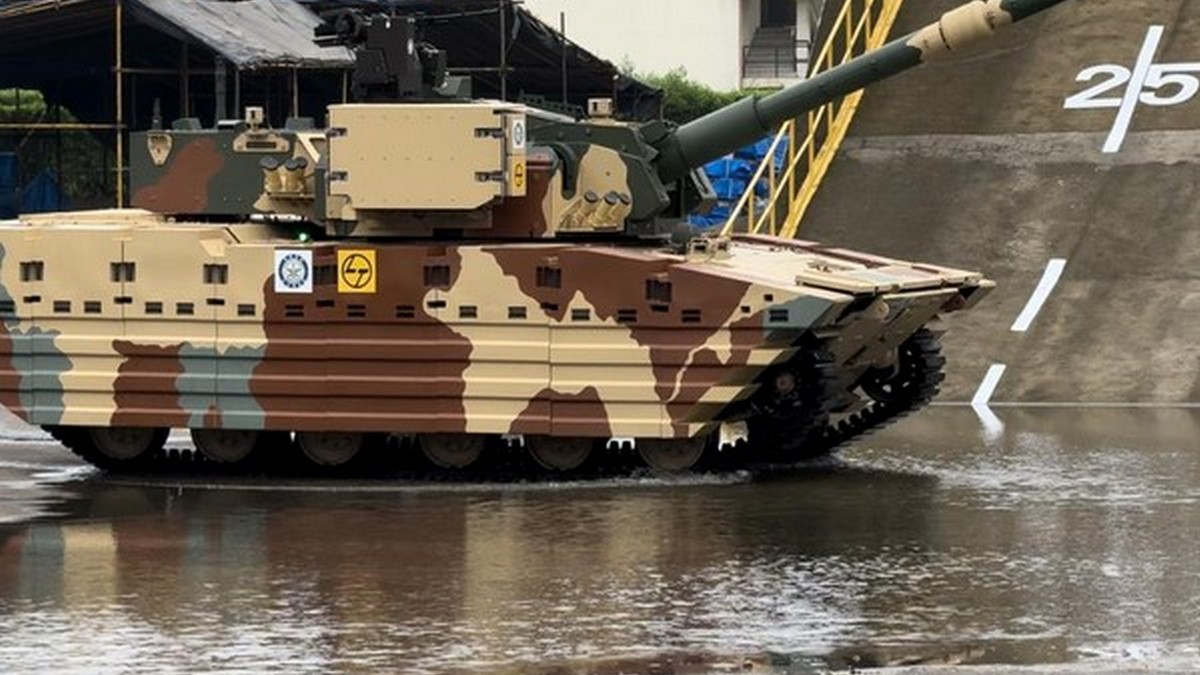)

Dr. Samir V. Kamat, Secretary of the Department of Defence Research and Development (DDR&D) and Chairman of the DRDO, has highlighted the exceptional versatility of the DRDO-developed Light Tank, co-created with Larsen & Toubro (L&T). Designed with a weight of 25 tons, the tank is not only optimized for the challenging high-altitude conditions near the Line of Actual Control (LAC) but is also ideally suited for the demanding terrain of the Rann of Kutch, a vast salt marsh in the Thar Desert.
The Rann of Kutch, infamous for its treacherous mudflats and soft ground, has historically proven to be a formidable obstacle for armored vehicles. In 1965, the Pakistani Army’s tank advance into the region was significantly hampered by the challenging terrain, resulting in numerous vehicles getting bogged down. The DRDO’s Light Tank, with its reduced weight, is expected to overcome these challenges, providing superior mobility in such environments.
Continue readingSOURCE: IDRW.ORG TEAM
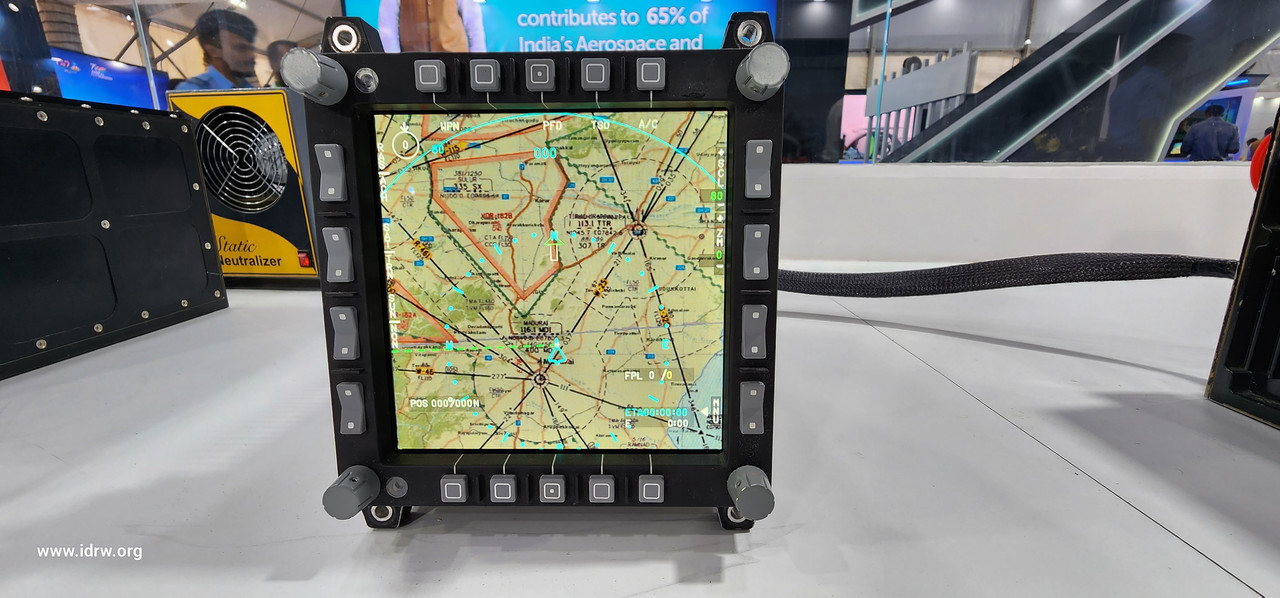

The Department of Defence Production (DDP) has announced the 5th Positive Indigenisation List (PIL), marking a significant step towards self-reliance in the Indian defence sector. This list identifies crucial equipment that will be indigenously manufactured by 2028, reducing dependence on foreign imports and boosting domestic capabilities.
The list prioritizes the domestic production of critical components for upcoming weapon systems, platforms, and sensors. This includes items like:
Continue readingSOURCE: RAUNAK KUNDE / NEWS BEAT / IDRW.ORG
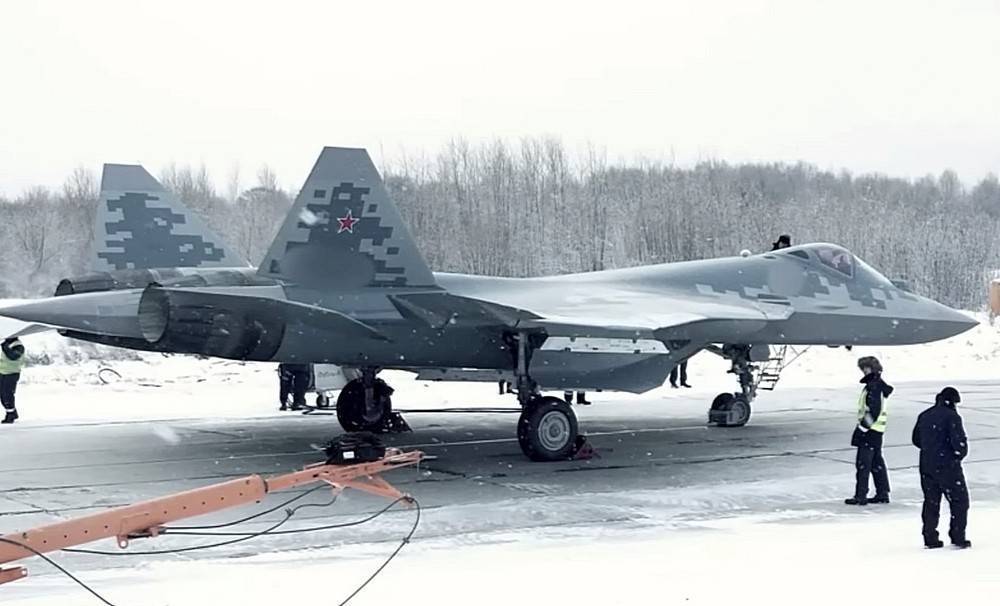

Russia is making a renewed push to attract India to its fifth-generation Su-57 fighter jet program, claiming to have addressed key concerns raised by the Indian Air Force (IAF) that led to India’s exit in 2018.
The IAF had reservations about the baseline Su-57, particularly its engine and stealth capabilities. The original AL-41F engine, based on the Su-30MKI’s engine, limited the jet’s ability to achieve sustained supersonic speeds without afterburner, a vital feature for a true fifth-generation fighter. Additionally, the IAF questioned the overall stealth design of the Su-57.
Continue readingSOURCE: RAUNAK KUNDE / NEWS BEAT / IDRW.ORG

In a bid to overcome the challenges faced in its High-Altitude Long-Endurance (HALE) Unmanned Aerial Vehicle (UAV) program, the Aeronautical Development Establishment (ADE) is seeking foreign expertise. General Atomics, a renowned aerospace and defense company, has extended an offer to act as a consultant for India’s HALE UAV development.
The ADE’s previous attempts at developing UAVs, particularly the Medium-Altitude Long-Endurance (MALE) UAV, Tapas, have been marred by delays and performance issues. This has cast a shadow over the ambitious HALE UAV project.
Continue readingSOURCE: RAUNAK KUNDE / NEWS BEAT / IDRW.ORG
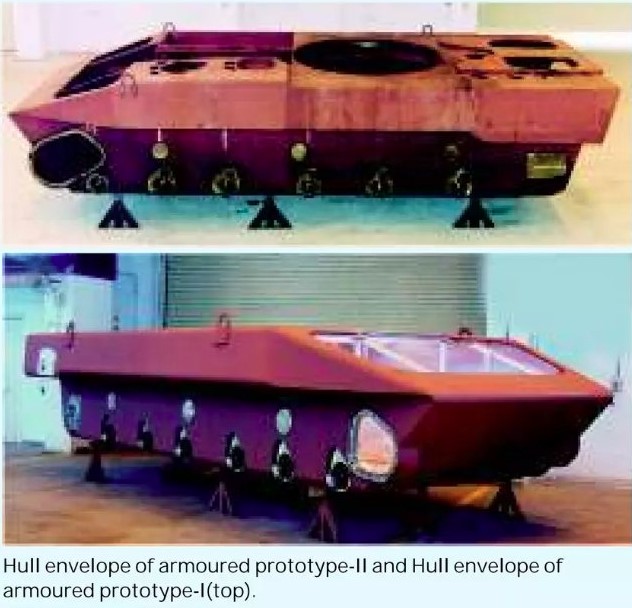

India’s DRDO (Defence Research and Development Organisation) has achieved a significant breakthrough in tank design with the Zorawar Light Tank. The 25-ton tank is the first to utilize a Composite Armour Monocoque construction, leading to a remarkable 40% weight reduction compared to traditional steel-armoured vehicles.
The Composite Armour Monocoque technology integrates the hull and Armour of the tank into a single, unified structure. This innovative approach eliminates the need for a separate chassis, resulting in a lighter and more agile combat platform.
Continue readingSOURCE: IDRW.ORG TEAM

In a significant boost to the Indian Navy’s underwater capabilities, the Ministry of Defence (MoD) is poised to finalize a deal for the procurement of three additional Kalvari-class submarines by the end of this year. These submarines will be locally manufactured by the state-owned Mazagon Dock Limited (MDL) in collaboration with the French Naval Group.
The decision comes on the heels of successful negotiations and price submissions for the project. This acquisition marks a continuation of the successful Kalvari-class program, which has already seen six submarines join the Indian Navy.
Continue readingSOURCE: IDRW.ORG TEAM
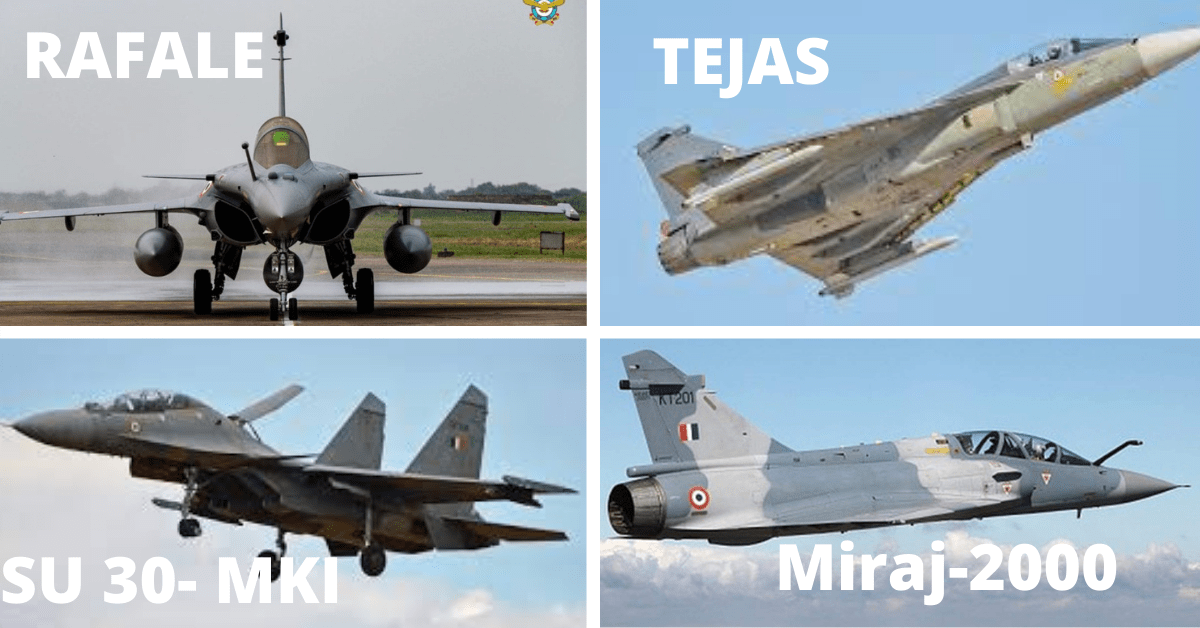

The Indian Air Force (IAF) is grappling with a severe shortage of fighter squadrons, a crisis that is set to deepen in the coming years. Currently operating at a strength of just 31 squadrons, significantly below the required 42, the IAF is facing a daunting challenge to maintain its operational readiness.
The situation is further compounded by the impending retirement of the last two MiG-21 Bison squadrons by the end of 2025. While the Tejas Mk1A is positioned as their replacement, delays in its production and delivery have exacerbated the shortfall.
Continue readingSOURCE: RAUNAK KUNDE / NEWS BEAT / IDRW.ORG


In a significant advancement for India’s naval capabilities, the Defence Research and Development Organisation (DRDO) has received authorization to commence the design of a next-generation conventional diesel submarine as part of Project-76. While comprehensive details of the program are still emerging, several key aspects have been confirmed, highlighting the ambitious scope and advanced technological integration envisioned for the new submarines.
The Indian Navy has specified that the new submarines must incorporate the latest Air-Independent Propulsion (AIP) technology and lithium-ion batteries. These innovations are expected to enhance the submarine’s endurance and operational efficiency. The planned displacement of the submarine is nearly 3,000 tonnes when submerged, positioning it as a formidable asset in India’s underwater fleet.
Continue readingSOURCE: RAUNAK KUNDE / NEWS BEAT / IDRW.ORG
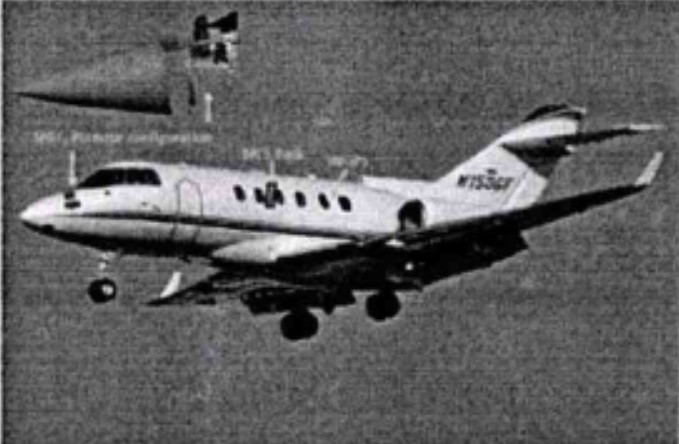

The Instruments Research & Development Establishment (IRDE), a premier laboratory of India’s Defence Research and Development Organisation (DRDO), has made a significant breakthrough with a new airborne Search and Track System. This indigenous system holds immense potential for enhancing the capabilities of Indian military aircraft.
To evaluate the system’s real-world performance, IRDE plans to integrate and test it on a leased British Aerospace BAE 125-800A aircraft, also known as the Hawker. The system comprises two Line Replaceable Units (LRUs): a Sensor Head Unit (SHU) and a Processing Unit (PU). These units will be strategically placed on the aircraft – the SHU housed in the nose section with its dome protruding outside for optimal signal reception, and the PU positioned entirely within the nose section for secure operation.
Continue readingSOURCE: RAUNAK KUNDE / NEWS BEAT / IDRW.ORG


The Indian Navy’s fleet of Shishumar-class submarines, based on the German Type 209 design, is set to continue serving the nation for years to come. German shipbuilder Thyssenkrupp Marine Systems (TKMS) has pledged its unwavering support in maintaining these vital vessels, even if the Indian Navy decides to extend their operational life for another 10-15 years.
The Shishumar class represents a successful collaboration between India and Germany. The first submarine, INS Shishumar, was commissioned in 1986, while INS Shankul, the youngest of the fleet, joined the Indian Navy in 1994. Despite their age (with INS Shishumar nearing 40 years of service), these submarines remain a crucial part of India’s underwater defence capabilities.
Continue readingSOURCE: IDRW.ORG TEAM

Hindustan Aeronautics Limited (HAL) is poised to commence the production of LCA Tejas Mk1A fighter jets at its newly restructured Aircraft Division in Nasik by the end of next month. With most of the skilled workforce in place and the necessary machinery and tooling installed, the plant is rapidly progressing towards its operational readiness.
The initial assembly of the Tejas Mk1A is scheduled for December 2024, marking a significant milestone in India’s indigenous fighter jet production. The Nasik facility aims to deliver three aircraft in the financial year 2024-25, followed by a steady production rate of eight jets annually thereafter.
Continue readingSOURCE: IDRW.ORG TEAM


The Department of Defence Production (DDP) has taken a significant step towards self-reliance in the crucial area of Unmanned Aerial Vehicles (UAVs) with the announcement of the 5th Positive Indigenization List (PIL). This list prioritizes the local manufacture of critical equipment by the end of December 2027, specifically targeting:
Both UHF (Ultra-High Frequency) and C-band datalinks are essential for communication between UAVs and their ground control stations. Indigenizing these ensures secure and reliable data transmission for UAV operations.
Continue readingSOURCE: RAUNAK KUNDE / NEWS BEAT / IDRW.ORG


Recent reports suggesting a collaboration between India and Russia for local manufacturing of Su-30MKI/SM aircraft for export raise doubts about its viability. While this could potentially help Russia circumvent export sanctions due to their banking system, several factors make it a commercially unappealing proposition.
Analysts at idrw.org believe Indian-built Su-30MKIs will struggle to compete with their Russian counterparts due to a significant cost difference.
Continue reading